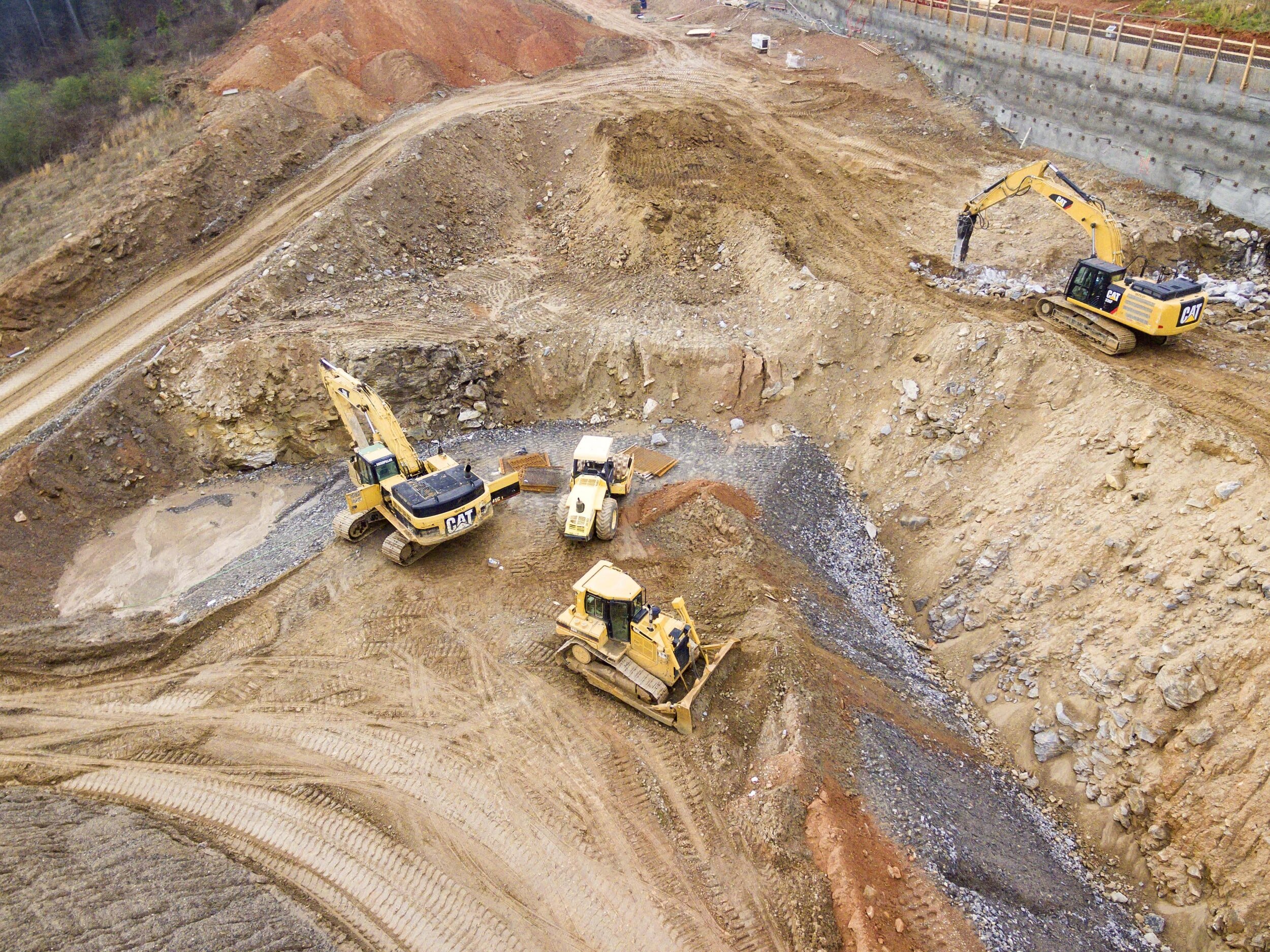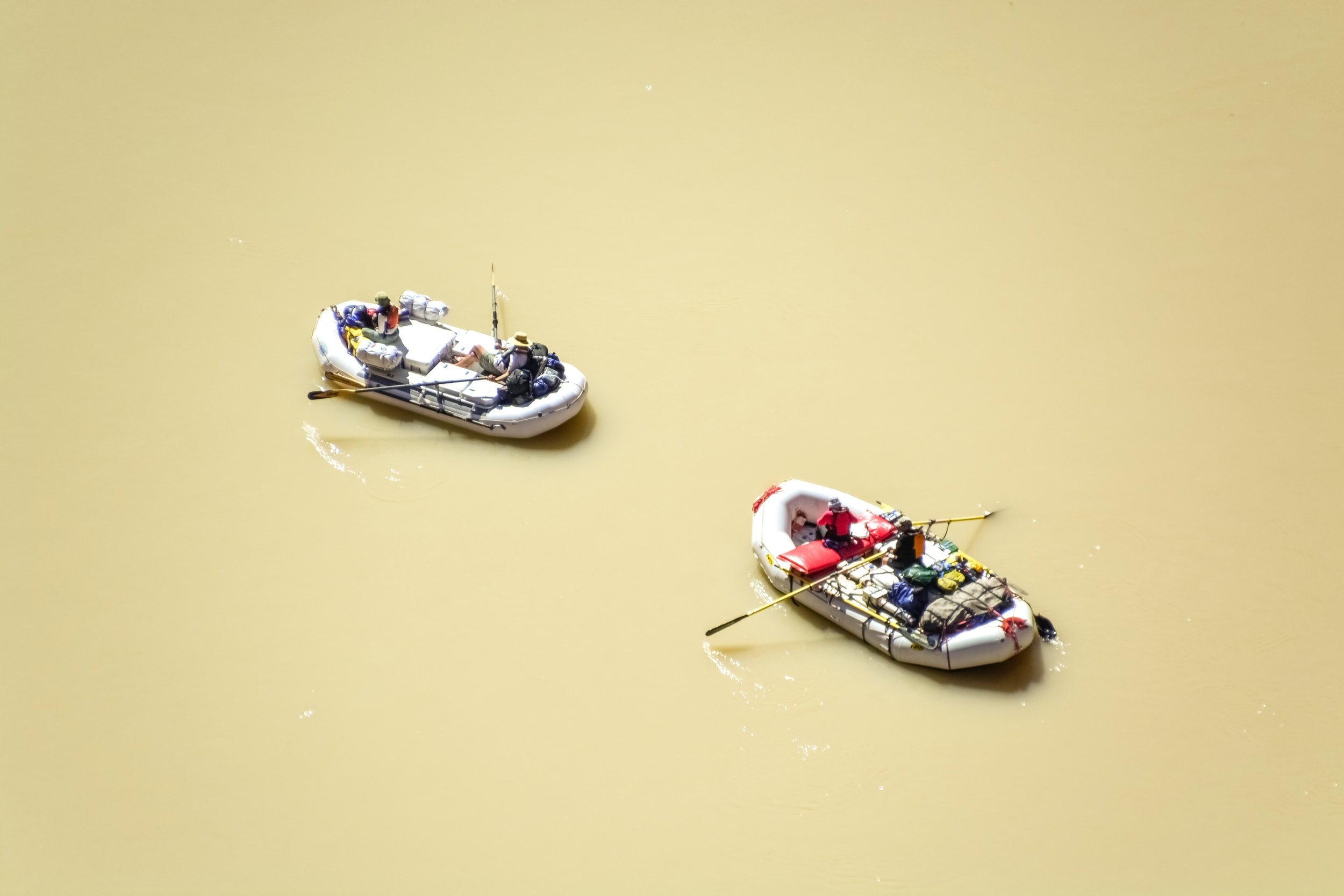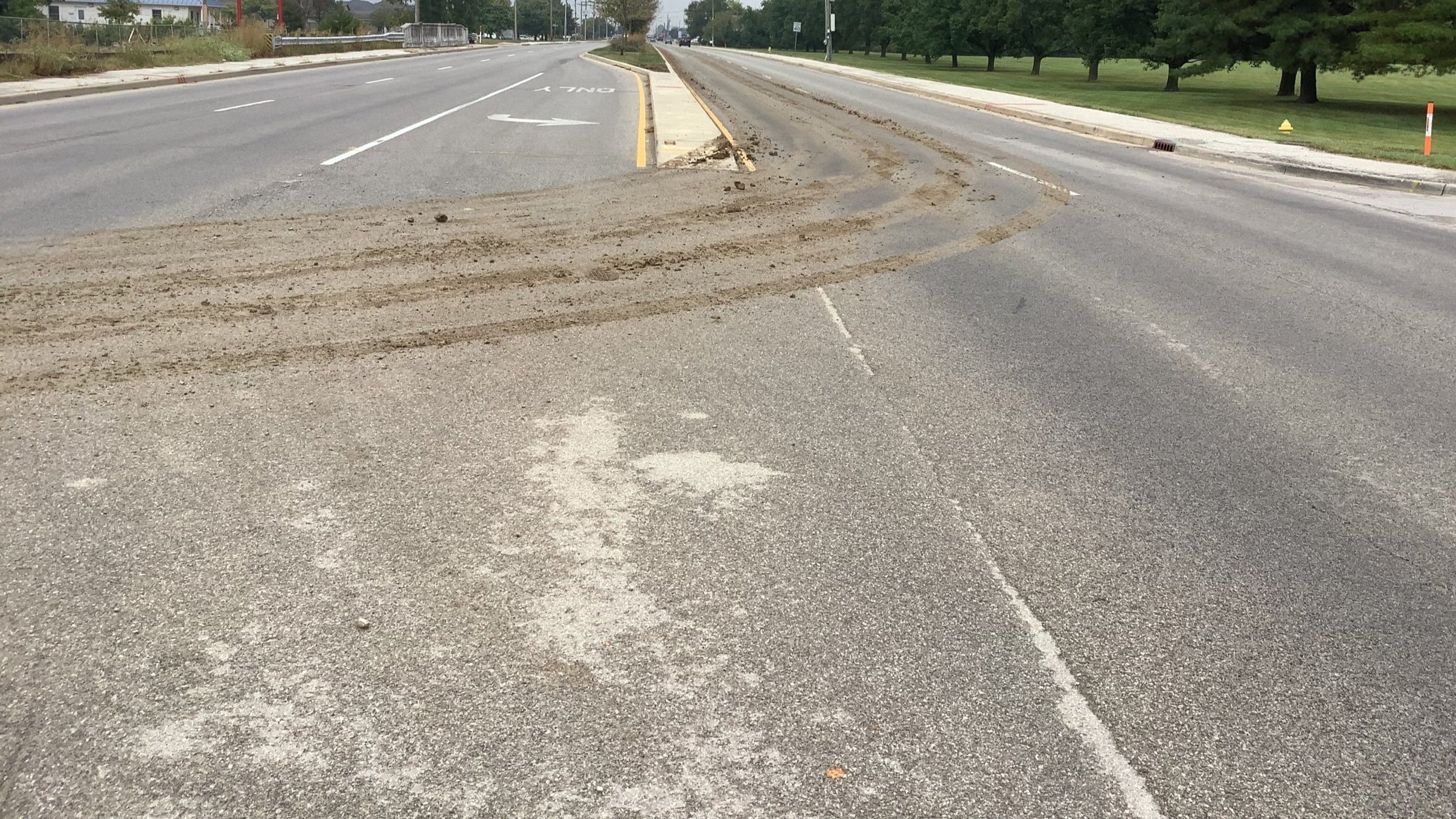
Contractor Training
Construction Stormwater General Permit (CSGP)
The purpose of these permits are to keep everything on construction site on the construction site.
Sediment
Concrete washout
Auto fluids
Construction chemicals
Construction debris
Phosphorus
Nitrogen
Pesticides
Solid and sanitary wastes
Weekly Self-Inspections Must be Performed by a Trained Individual
-
Permit is Posted
Keep a Project Management Log (including NOI, NOS, inspection reports, rain data, corrective actions, offsite activities, SWPPP revisions, spill documentation).

-
Clean Streets / No Siltation Leaving Site
-
Silt Fence

-
Construction Driveway

-
Silt Socks / Coconut Logs for Street Inlets

-
Washout Area

-
Temporary / Permanent Stabilization
Temporary or permanent soil stabilization must start within 7 days of inactivity and finish within 14.

-
Solid Waste is Contained
Keep lids closed on trash receptacles and protect other wastes from exposure to stormwater.

-
Soil Stockpiles
Preserve topsoil on your site to use later when establishing vegetation.

Construction Site Inspection
and
Maintenance Log


SEDIMENT Pollution
The Environmental Protection Agency lists sediment as the most common pollutant in rivers, streams, lakes and reservoirs. While natural erosion produces nearly 30% of the total sediment in the United Sates, accelerated erosion from human use of land accounts for the remaining 70%. The most concentrated sediment released comes from construction activities, including relatively minor home-building projects such as room additions and swimming pools. Sediment pollution causes $16 billion in environmental damage annually.
-EPA
Sediment basins must drain from the top of the water surface.
Ways to Stop Sediment Pollution:
-

Silt fence the distrubed area
-

Place silt socks around drains
-
street sweep pavement
Protect and preserve 50-foot natural buffers along waterways. Do not disturb these areas.
failure to contain sediment will result in fines:
Commercial:
1st Offense: $500.00
2nd Offense: $1,000.00
3rd+ Offense: $2,500.00
Residential:
1st Offense: $150.00
2nd Offense: $350.00
3rd+ Offense: $750.00

CONCERTE Washout
Concrete washout water (or washwater) is a slurry containing toxic metals. It’s also caustic and corrosive, having a pH near 12. In comparison, Drano liquid drain cleaner has a pH of 13.5. Caustic washwater can harm fish gills and eyes and interfere with reproduction. The safe pH ranges for aquatic life habitats are 6.5 – 9 for freshwater and 6.5 – 8.5 for saltwater.
-EPA
Different Types of Acceptable Washout Containers:
-

Metal Washout Container (preferred)
-

Vinyl Washout Container
Failure to contain washout will result in fines:
Commercial:
1st Offense: $500.00
2nd Offense: $1,000.00
3rd+ Offense: $2,500.00
Residential:
1st Offense: $250.00
2nd Offense: $500.00
3rd+ Offense: $1,000.00

VEHICLE Maintenance
Ideally, vehicle maintenance and washing should occur in garages and wash facilities, not on active construction sites. However, if these activities must occur on-site, operators should follow appropriate best practices to prevent untreated wash water containing soaps, solvents, detergents, nutrients, sediment, grease or hazardous wastes from discharging into storm drains, surface waters or groundwater.
-
Inspect Daily and Repair Immediately
The most effective method for reducing costs and environmental concerns associated with vehicle maintenance is to prevent leaks and spills from occurring.
Place drip pans and spill pads beneath stored vehicles/equipment as a preventative containment practice in the event that a leak occurs. Perform vehicle maintenance activities in a covered, designated area with impervious surfaces.
-
Dispose of Chemicals Properly
These wastes require special handling and disposal. Designated facilities can recycle used oil, antifreeze and some solvents, but construction staff should dispose of other chemicals at a hazardous waste disposal site.
Store raw and used hazardous chemicals, oils, and other products in a covered area with secondary containment. Should any material spills occur, sites should implement the procedures outlined in their site-specific spill prevention and spill cleanup plans
-
Designate Areas for Equipment Washing
Vehicle and equipment washing should occur in designated areas with overhead coverage and containment. Clearly mark all washing areas and inform workers that all washing should occur in this area.

Please Fill Out Submission Box








